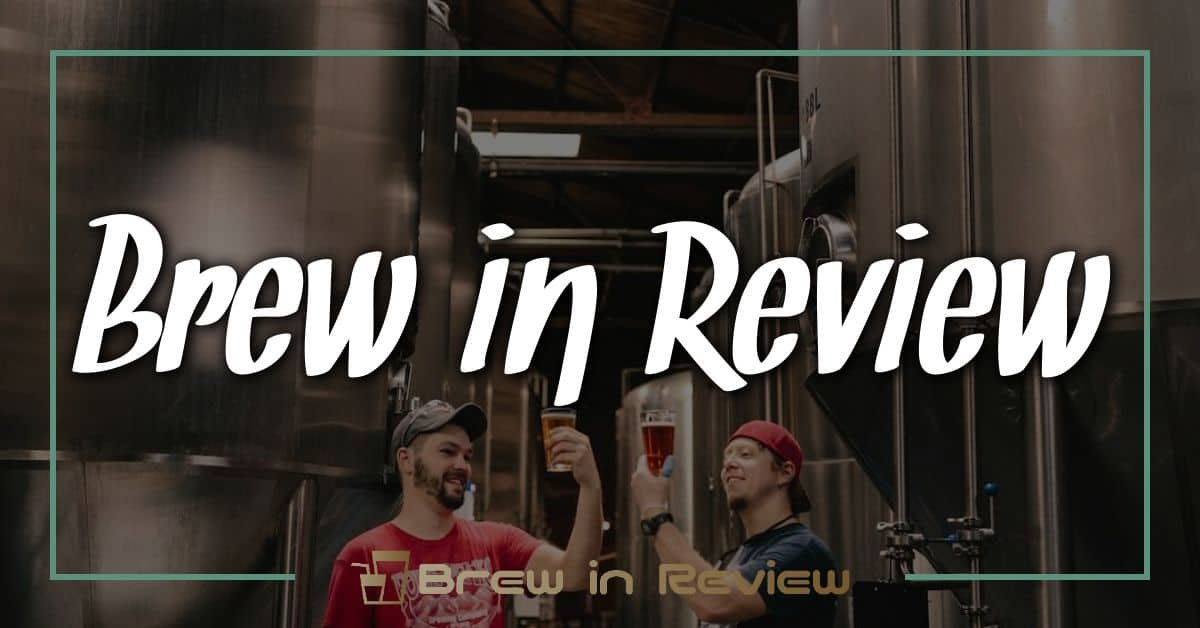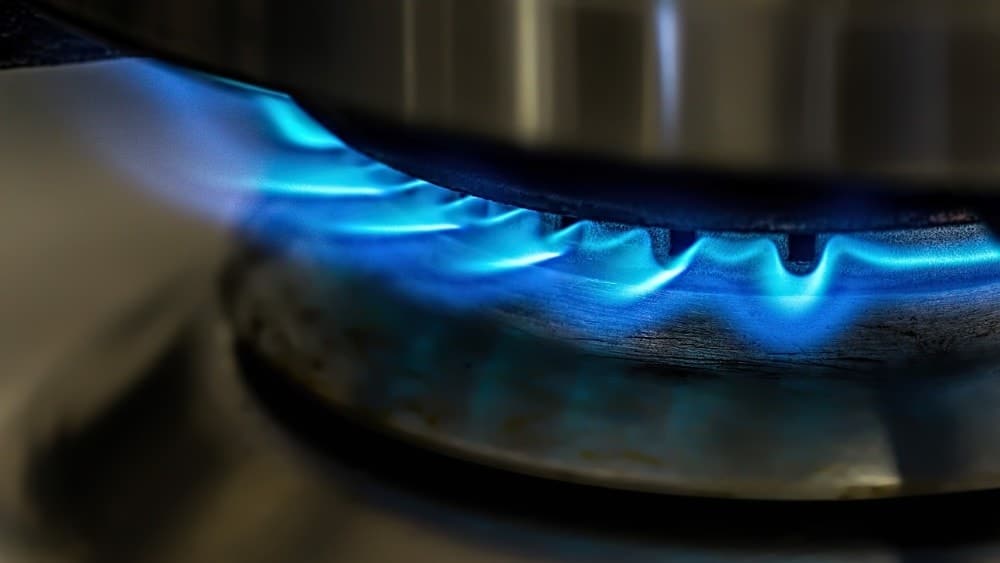There’s something magical about barrel-aged beers that sets them apart from the rest. As a craft beer enthusiast, I’ve always been fascinated by how these brews evolve in flavor and complexity, thanks to the aging process in wooden barrels. It’s like a dance of ingredients, where the beer interacts with the wood and any previous contents, creating a symphony of tastes that can surprise and delight.
Whether it’s the rich notes of vanilla from an oak barrel or the subtle hints of bourbon from a whiskey cask, barrel-aging adds depth that transforms a good beer into an unforgettable experience. Join me as we dive into the world of barrel-aged beers and explore how this aging technique enhances flavors, making each sip a unique journey worth savoring.
Overview of Barrel-Aged Beers
Barrel-aged beers offer a captivating fusion of flavors through a meticulous aging process. The interaction between the beer and the barrel wood adds depth and complexity that standard brewing methods often miss.
Definition and Process
Barrel-aged beers are crafted by aging beer in wooden barrels, typically made from oak. This method lets the beer absorb flavors from both the wood and any previous contents, such as whiskey, wine, or rum. The aging process usually lasts anywhere from several months to over a year. During this time, various chemical reactions occur; oxidation softens harsh flavors, while compounds from the wood enrich the beer’s profile. The result? A beer that’s bold, layered, and distinct.

Types of Barrels Used
Different barrels result in varied flavors. Common choices include:
- Bourbon Barrels: These impart sweet notes of vanilla, caramel, and toasted oak. They enhance darker beers like stouts and porters.
- Wine Barrels: Red and white wine barrels add fruity characteristics and tannins, complementing beers like IPAs and sours.
- Rum Barrels: Rum barrels offer tropical, sweet flavors, often found in rich ales and porters.
- Cognac or Brandy Barrels: These impart refined fruit and spice notes, making them suitable for complex, high-ABV ales.
Each barrel type helps shape the final product, showcasing the versatility and creative potential in barrel aging.
Flavor Enhancements Through Barrel Aging
Barrel aging significantly enriches the flavor profile of beers, transforming ordinary brews into exceptional creations. Understanding this enhancement is essential for anyone looking to elevate their brewing craft.
Wood Influence on Taste
Wood plays a pivotal role in flavor development during barrel aging. Oak is the most common type used, as it offers flavors like vanilla, caramel, and spices. Other woods, like cherry or maple, can introduce unique characteristics. The specific type of wood and its treatment impact the final flavor. For example, medium-charred oak barrels impart deeper vanilla and chocolate notes, while lightly toasted barrels bring forward more subtle fruit flavors. Selection of the barrel type is just as crucial as selecting the grains and hops during brewing.
Interaction with Beer Components
Barrel aging creates a dynamic interplay between the beer and the wood. While aging, compounds from the wood dissolve into the beer, softening harsh notes and developing a balanced profile. Tannins from the wood contribute astringency, which can complement the malt sweetness. Additionally, previously held spirits, such as bourbon or rum, infuse the beer with complex flavors like caramel, toffee, or even dried fruits. This interaction extends beyond just flavor; it also enhances mouthfeel and aroma, adding layers of complexity that wouldn’t exist in unaged beers. Understanding these interactions can help home brewers craft more nuanced and memorable brews.
Popular Styles of Barrel-Aged Beers
Barrel-aged beers come in diverse styles, each offering a unique tasting experience. Here’s a closer look at two popular categories.
Stouts and Porters
Stouts and porters thrive in the barrel-aging process. Aging these dark ales in bourbon barrels often enhances their natural roasted flavors. I’ve found that the rich notes of coffee and chocolate harmonize beautifully with the sweetness of the oak, creating a velvety mouthfeel. Consider Imperial stouts, which often reach 10% ABV or higher, gaining complexity from the barrel’s interaction. This style typically features layers of caramel, vanilla, and dark fruit, making it a favorite among craft beer enthusiasts.
Sours and Wild Ales
Sours and wild ales also excel in barrel aging, benefiting from the process’s ability to deepen their tangy and funky characteristics. When I utilize wine or rum barrels for these styles, the previous contents contribute fruitiness and acidity that enhance the overall profile. For instance, a sour ale aged in a Cabernet barrel can develop exciting notes of raspberry and oak. The wild yeast strains employed in brewing these beers interact with the wood, adding layers of complexity. These beers often invite a lively carbonation, amplifying the zest and refreshing qualities that make them stand out.
Best Practices for Enjoying Barrel-Aged Beers
Enjoying barrel-aged beers involves understanding a few key practices that elevate the tasting experience.
Serving Temperature and Glassware
I recommend serving barrel-aged beers at a slightly warmer temperature, typically between 50°F and 55°F. Warmer temperatures enhance the aroma, allowing those rich flavors to shine through. For glassware, I use stemmed glasses or tulip-shaped glasses; these help concentrate the aromas and provide a wide mouth for sipping. The right glass can improve the overall experience, allowing you to fully enjoy the complexity of the beer.
Food Pairing Suggestions
Food pairing significantly enhances barrel-aged beer enjoyment. Here are some suggestions:
- Rich Dishes: Stouts and porters pair well with hearty dishes like braised meats or rich stews. The roasted flavors complement the umami in the food.
- Cheeses: Aged cheddar or blue cheeses create a delightful contrast with the sweetness and depth of barrel-aged beers. Their creaminess balances the beer’s bold profile.
- Desserts: Chocolate desserts, like molten lava cake or dark chocolate torte, harmonize perfectly with the beer’s cocoa and caramel notes.
Pairing these foods with barrel-aged beers can transform your tasting experience into a culinary adventure.
Conclusion
Barrel-aged beers truly offer a delightful journey for the senses. Each sip reveals layers of flavor that can surprise and delight even the most seasoned beer drinkers. I love how the aging process brings out unique characteristics that transform an ordinary brew into something extraordinary.
Whether you’re savoring a rich stout or a tangy sour there’s always something new to discover. So next time you grab a barrel-aged beer take a moment to appreciate the craftsmanship behind it. You’ll find that it’s not just about drinking beer; it’s about experiencing a story in every glass. Cheers to that!




